Exploring Tuscany, Italy

Italy’s Turquoise Coast has long been a yachting bastion. In the 1960s, Richard Burton and Elizabeth Taylor cruised the coves of Portofino aboard their yacht, Kalizma. The image of Sophia Loren seductively draped across a Riva runabout is as enduring as the Riviera’s rugged cliffs. Today, the region is buoyed by a raft of destination superyacht marinas and an unwavering new-build and refit market, providing the chance to extend a yachting itinerary farther inshore amid Tuscany’s rolling hills.
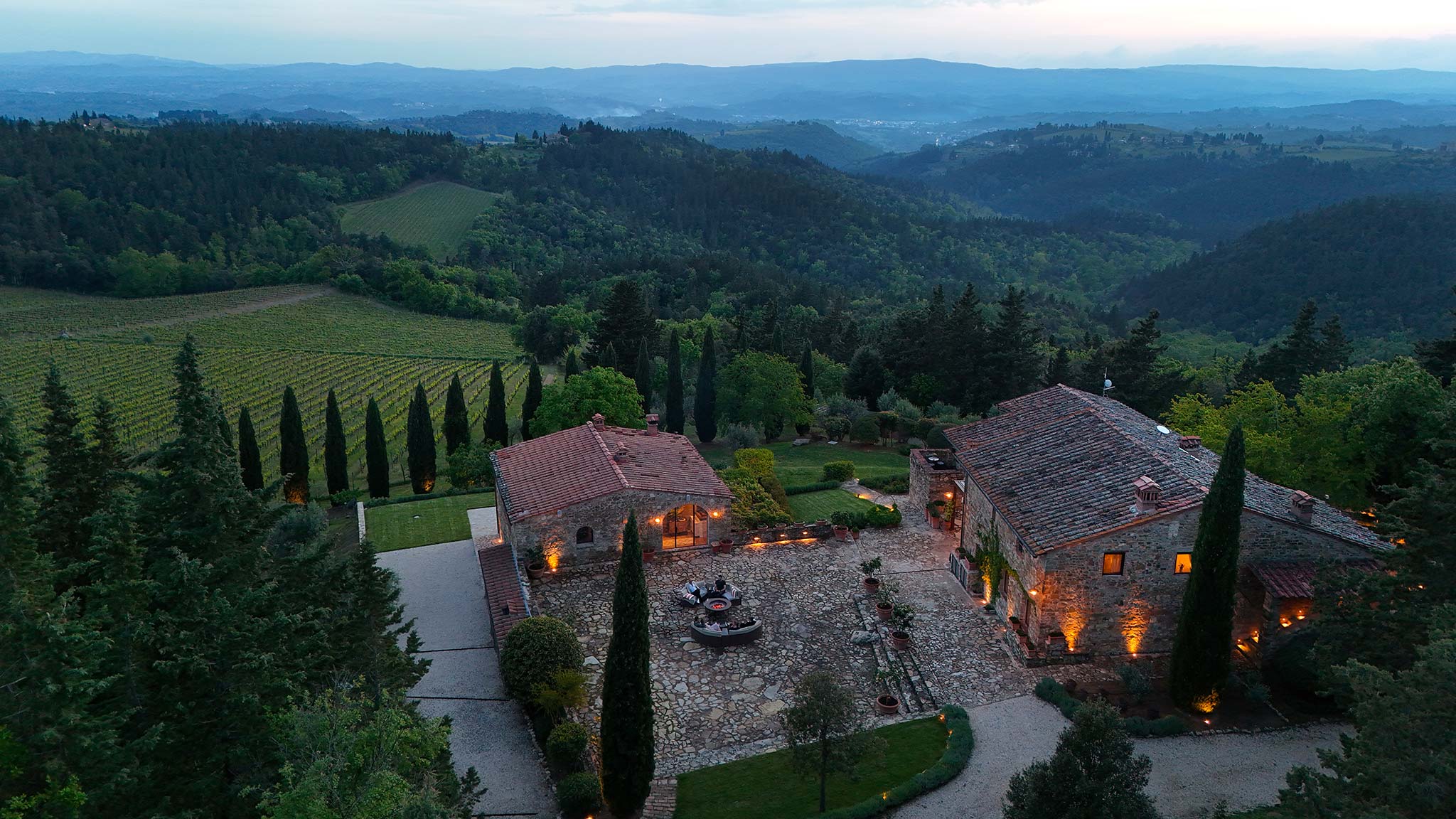
Porto Mirabello, on the Gulf of La Spezia, is the largest of Tuscany’s marinas, accommodating yachts up to 443 feet (135 meters) in length. Farther south, Marina di Scarlino is surrounded by natural parks and has proximity to Elba, the largest island on the Tuscan archipelago, with secluded bays and delicious trattorias. Both provide yacht owners and charter guests access to cruising grounds and vineyards alike.
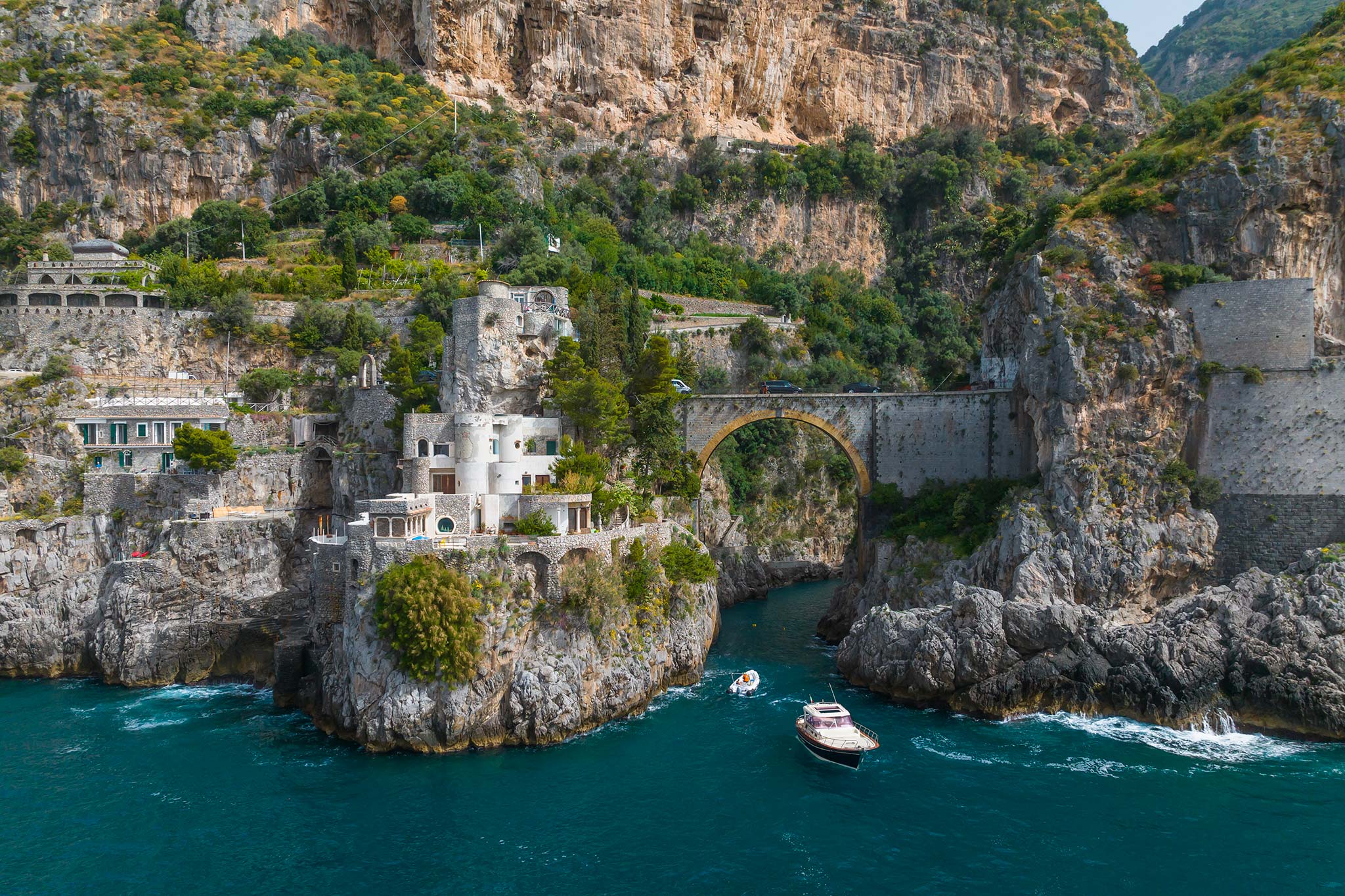
“A dolce vita yacht charter is on a lot of people’s bucket lists,” says Worth Avenue Yachts charter broker Alexandra Groom. “It remains one of our most popular Western Mediterranean requests, with visits to the Riviera di Levante pairing well with a Tuscan inland adventure.”

The seaside town of Forte dei Marmi is one such scenic springboard. About 30 minutes from Pisa airport and 20 minutes from Marina di Carrara, it sits in the heart of Versilia with 1950s architecture and pine-shaded, grid-plan streets. Its chic beach clubs stretch for miles along deep golden sands. By day, the Via G. Spinetti’s designer boutiques and open-air coffee shops draw tourists. At night, focus shifts to La Capannina, the nucleus of high society since the 1920s.
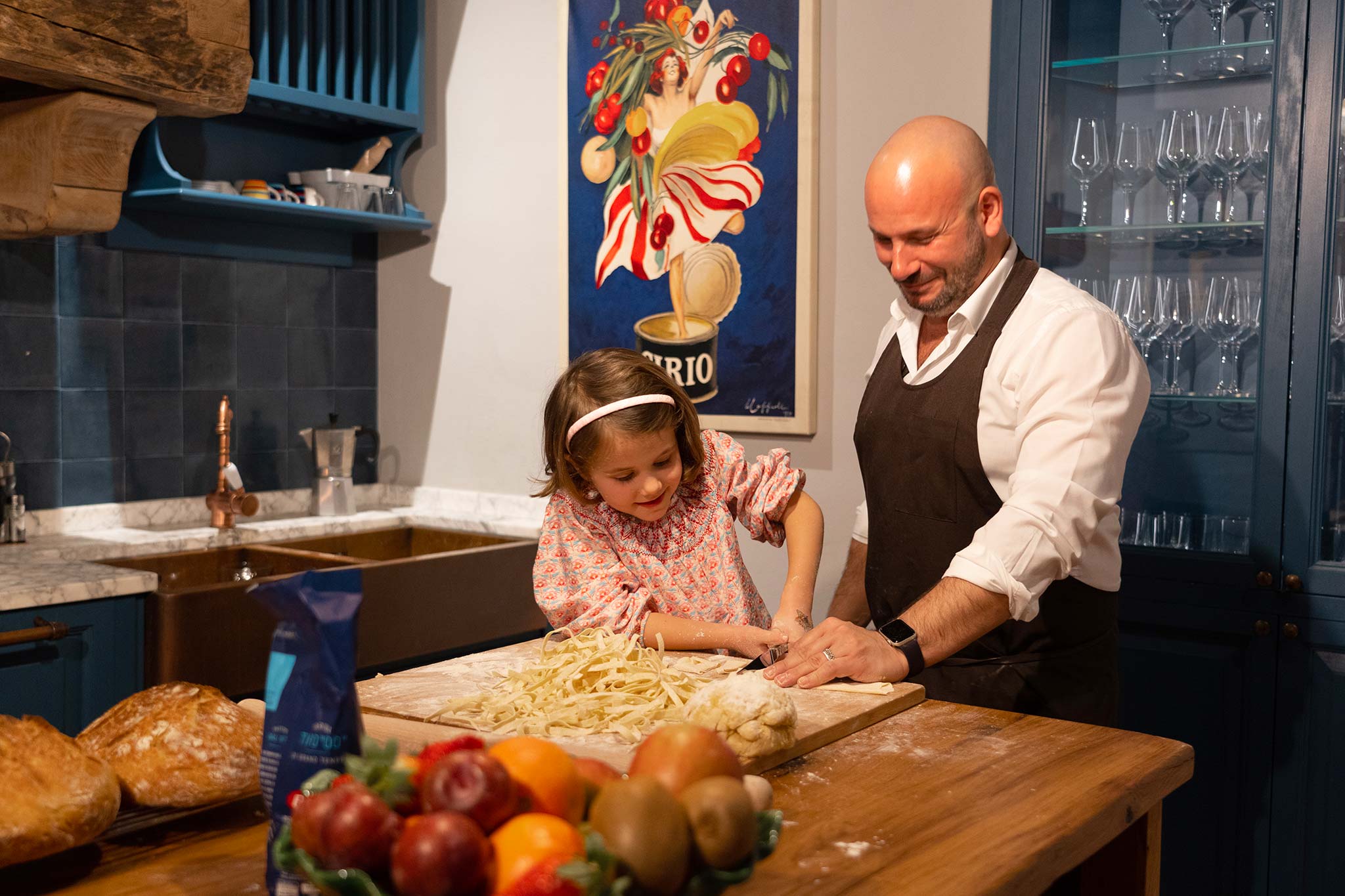
Forte dei Marmi’s origins lie in the 16th century, when the ruling Medici family opened several marble quarries, including the Carrara so favored by Michelangelo. They built a road to transport the marble blocks down to the sea.
The prized aesthetics of deep white Carrara marble, which is still quarried by hand, end up on many yachts, such as the 246-foot (75-meter) Admiral Kenshō and its full-size master bathtub sculpted from a single block. The quarry is 90 miles northwest of Florence, home to Michelangelo’s David, Botticelli’s works in the Uffizi Galleries, and the Duomo, to name a few beloved locations of aficionados.

“One of my favorite yacht itineraries was Naples, Ischia and Capri, that whole Amalfi Coast, yet the number-one request I always received from charter guests was to go to Florence,” says Sean Meagher, captain and yacht consultant for Worth Avenue Yachts. “I would explain that Florence is inland, which logistically can be a challenge, though having a base in the middle of the countryside makes it a viable option.”
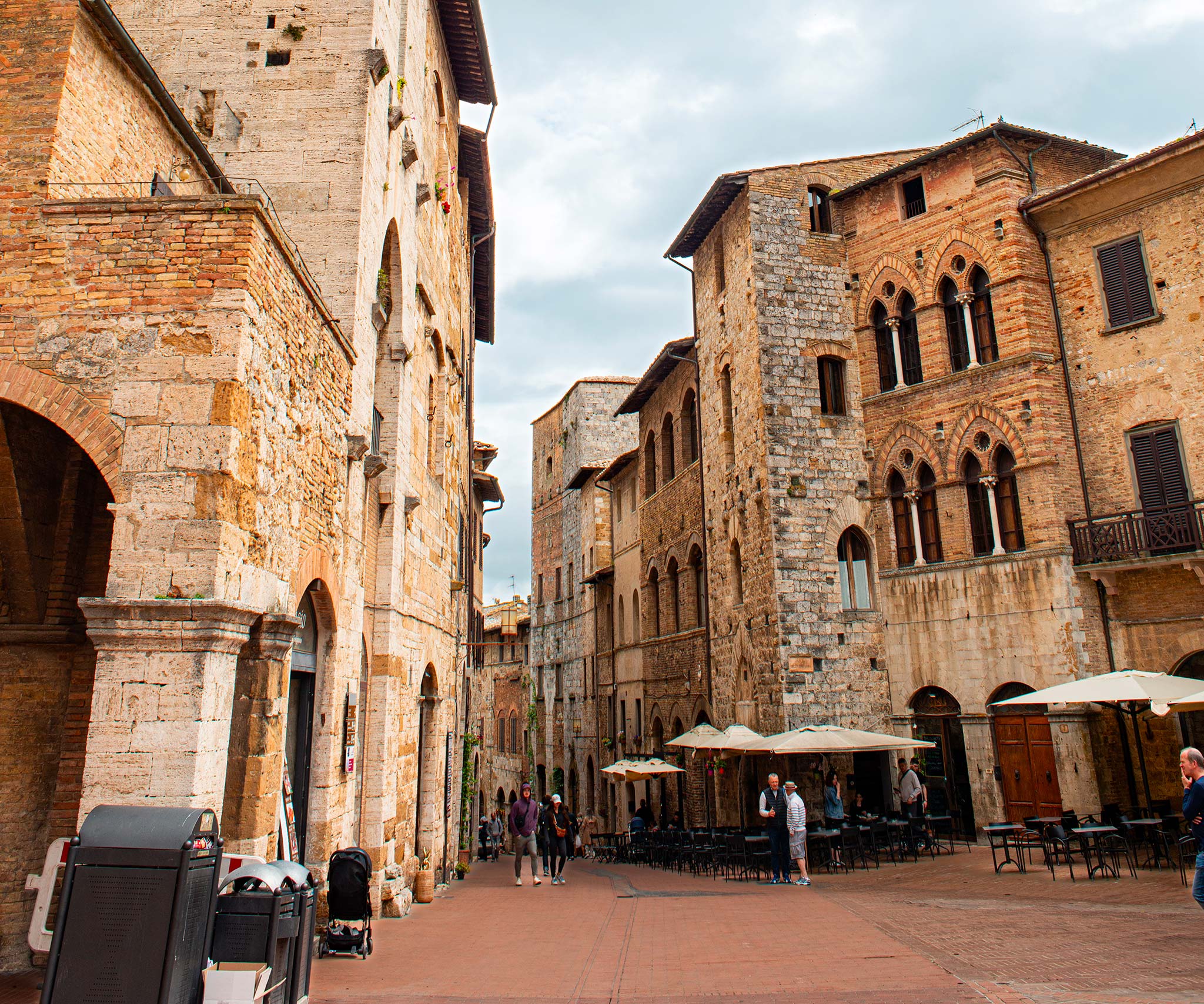
That base, for Worth Avenue clients, is Villa Ardore, a 16th-century Tuscan stone farmhouse tucked into the Chianti hills. It’s owned by Americans Christian Scali and Stephen Lewis, who worked with Florence architect Massimo Pieratelli to finish a “gentle restoration” with local stone and materials. The villa, whose name means “passion,” has eight guest suites. It’s one of a rising number of remote Tuscan villas offering five-star rural stays, including Nautor Swan owner Leonardo Ferragamo’s retreats, Il Borro and Viesca near Florence.

Villa Ardore’s infinity pool, spa and sweet scent of herbs, olives and citrus fruit bring a superyacht setting to the Italian countryside. There’s a sustainable approach to hospitality, with triple-filtered well water, freshly laid eggs and an abundance of wildlife (October to January is wild boar hunting season).

“The authenticity of this place is so important to us. We wanted to respect its history and location while keeping things at a very high level,” Lewis says. The dirt-road approach winds through woods before opening onto the rolling Ruffino vineyard. Church bells and terracotta rooftops define the town of San Gimignano in the distance. This is Chianti Classico region, where the Antinori winery—a favorite of Ferretti Group CEO Alberto Galassi—sits invitingly close by. Oenophiles who prize small-batch production can visit family-owned Poggio Amorelli, which hand-harvests its organic grapes and produces 20,000 bottles a year.
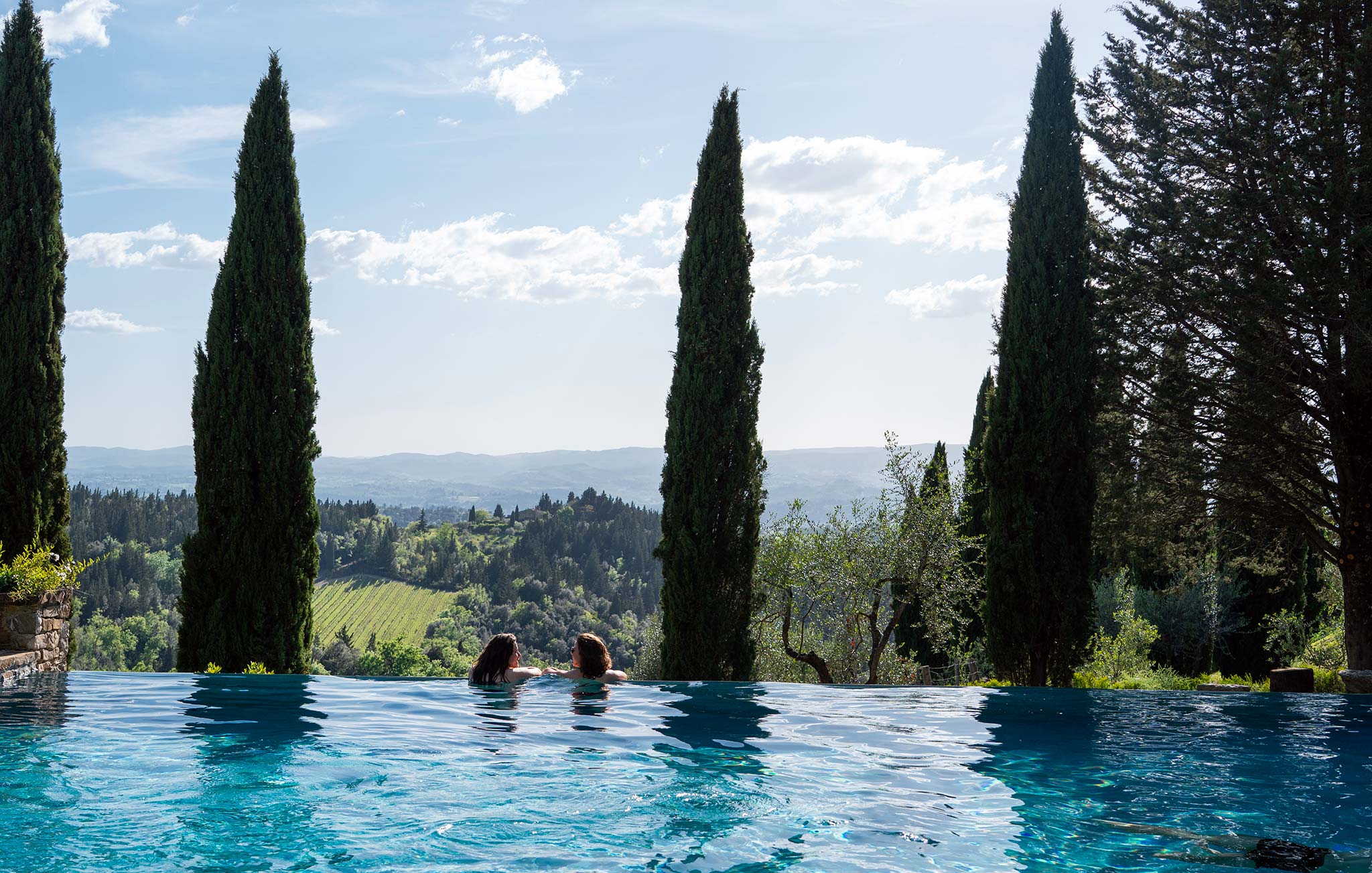
The town of San Gimignano, in one of the world’s prime red wine areas, produces only whites. Production of Vernaccia di San Gimignano (the name of the grape as well as the wine) is confined to 2,000 acres around the town and nowhere else in Italy. It’s also one of the best-preserved medieval towns in the country, largely owing to two-thirds of its population being wiped out by the plague in the 13th century. The remaining inhabitants abandoned it for Florence, and it was left empty until its 19th-century restoration. It’s 30 minutes by helicopter from the yachting hub of Viareggio, home to some of Italy’s top builders of yachts over 80 feet (24 meters).
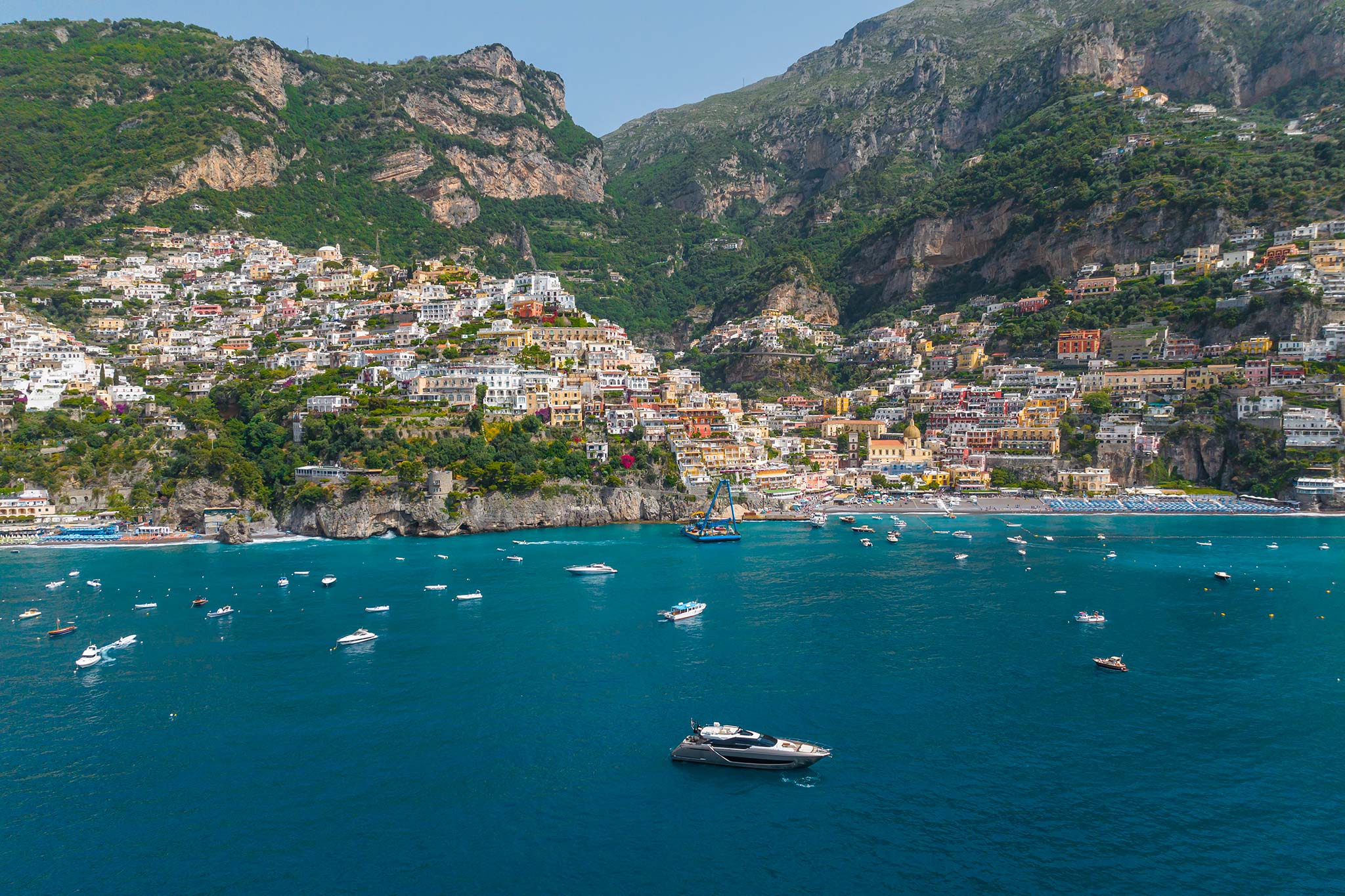
Sanlorenzo, Azimut Benetti, Rossinavi and The Italian Sea Group all have facilities in Viareggio, while Baglietto, which celebrated its 170th anniversary in 2024, is in nearby La Spezia. It’s an ideal location for owners dropping off their yachts for refit or picking up a new build at the start of the summer season. It’s also well placed for guests flying into Pisa airport to begin or end a charter aboard yachts cruising the Italian Riviera.
“Viareggio is a great jumping-off point for those who wish to explore Elba Island before carrying on to Capri or heading north to Santa Margherita and nearby Forte dei Marmi,” says Jose Gallen, captain of Zout, a private Maiora 30 Convertible based in Viareggio year-round. “Corsica, Sardinia and Sicily are also within easy reach, giving us multiple cruising options.”
From the rugged Apennine Mountains to the beaches on the Tyrrhenian Sea, Tuscany’s variety is what sets it apart when planning a grand land-and-sea tour of Italy.
Spring 2025

Latest News
For Sale! 2016 Sea Ray 350 Sundancer – $180,000
Reel Deal Yacht is pleased to feature a meticulously maintained 2016 Sea...
Growing interest in Fabiani Yacht, the hybrid superyachts manufacturer
Public interest is growing for the Wedgeline Hybrid 77, the first zero...
Lürssen AHPO, the largest superyacht to be exhibited at the Monaco Yacht Show 2022
Lürssen AHPO, a 115.1-metre long superyacht, will join the upcoming Monaco Yacht...
Online pre-sales now open for the 62nd Genoa International Boat Show
Online ticket pre-sales are finally open for the 62nd Genoa International Boat...
Majesty 120: Gulf Craft’s latest addition will be on display at the Cannes Yachting Festival 2022
Gulf Craft Majesty 120, a 37-metre long superyacht built with lightweight materials...




Leave a comment